DNA Diet & Nutrition Test
We offer two types of tests; Lab Tests and Rapid Tests. This product is under the category Lab Tests. See all our Lab Tests by following the link.
See allWe offer several different options of testing methods. This test is done with Saliva. See all tests done with Saliva by following the link.
See allDNA Diet & Nutrition from GetTested is a health test that analyses your genetic variations to provide a detailed understanding of how your body processes various nutrients. Utilizing a simple saliva sample for DNA collection, this test delivers insights into your genetic makeup related to diet and nutrition. It offers a personalized analysis of macronutrients, fat metabolism, vitamin and mineral requirements, as well as genetic predispositions to various sensitivities/intolerances and eating behaviors.
The sample is easily collected via a saliva test and sent to our lab for analysis. The price includes return shipping to the lab. Within 6-8 weeks, you’ll receive your detailed results digitally.
Save more by bundling DNA tests. Order multiple tests together for better value from our wide range.
- In stock
- At-home test
- Results 6-8 weeks

Get 5% off on 2 Lab tests, and 10% off on 3 Lab tests or more.
GetTested’s DNA Diet & Nutrition test
Optimize your diet based on your unique nutritional needs. GetTested’s DNA Diet & Nutrition offers a comprehensive DNA test providing scientific insights into your personal nutritional needs and the most suitable diet for you. By conducting a detailed analysis of your genes, you can gain invaluable information to customize your diet, lifestyle, and health plan to meet your individual needs.
Dietary Protein
Dietary Fat
Saturated Fat
Omega-3
Unsaturated Fat
Gluten Sensitivity (Non-Celiac)
Food Allergies
Alcohol Sensitivity
Histamine Intolerance
Salt Sensitivity
Vitamin B6
Vitamin E
Vitamin D
Vitamin B12
Folate (Vitamin B9)
Riboflavin (Vitamin B2)
Vitamin A
Vitamin K
Zinc
Magnesium
Iron
Potassium
Selenium
Calcium
Sugar Cravings
Snacking
Health Areas Analysed in GetTested's DNA Diet & Nutrition Test
GetTested's DNA Diet & Nutrition test thoroughly examines several crucial health areas:
- Macronutrients (Proteins, Fats, Carbohydrates): Firstly, it reveals how your body may react to different macronutrients, essential for fine-tuning your diet to boost energy and overall health.
- Fat Metabolism (Saturated, Unsaturated, Omega-3 Fats): Additionally, the test provides insights into your body's processing of various fats, integral to a well-rounded diet.
- Sensitivities and Intolerances (Gluten, Lactose, Alcohol, Caffeine, Histamine): Also, it helps identify possible sensitivities or intolerances, empowering you to make informed dietary decisions.
- Vitamins and Minerals: Furthermore, the test uncovers how your body absorbs and utilizes vital vitamins and minerals, crucial for health and avoiding nutrient deficiencies.
- Eating Behaviors (Overeating, Sugar Cravings, Snacking): Finally, discover genetic factors related to eating behaviors, offering strategies for healthier eating habits.
Personalized Recommendations
Following the analysis, you won't just get a genetic report but also personalized diet recommendations. These suggestions, customized to your genetic makeup, assist you in making knowledgeable choices for your nutritional needs.
Who Should Consider This Test
Anyone interested in optimizing their health through a genetics-informed diet will find this test ideal. It offers science-based advice for enhancing your nutrition.
Regarding Data Privacy and Sample Material
After analysis, we actively destroy the DNA and sample material. Your data remains completely anonymous, linked only to your unique test ID. Importantly, GetTested values your privacy; we never share or sell your results to third parties. Moreover, you have the option to delete your test results upon receipt.
FAQ
How is the DNA Diet & Nutrition test carried out?
How quickly will I receive my results?
When should I take the test?
Example Report
Example of DNA Diet & Nutrition Test
Related Products
-
DNA Brain Health Test
GetTested's DNA Brain Health test provides a detailed genetic analysis of 288 genes t...£ 159,00 Add to cart -
DNA Combo 3 - Order any 3 tests
You can combine any of our DNA tests to get a discount. Combine any 3 reports for £ ...£ 279,00 Add to cart -
DNA Gut Health Test
The DNA Gut Health test from GetTested provides a detailed genetic analysis of 219 ge...£ 159,00 Add to cart -
DNA Skin & Beauty Test
GetTested's DNA Skin & Beauty test analyses genes that influence your skin's heal...£ 149,00 Add to cart -
Nutrition Test
GetTested's Nutrition Test is our most detailed nutritional analysis, measuring 12 ke...£ 99,00 Add to cart
You may also like…
Trusted by over 10.000+ customers


“The home test was straightforward with easy to follow instructions. The test result was detailed and clear in its presentation. Also had the opport...”
Richard

“We looked at a lot of companies offering the same services but made the decision to go forward with get tested because the labs are based here in t...”
Natasha

“There are other providers out there, I have tried 3. Gettested was the fastest and the customer service was the best. I even received my test on th...”
Alan

“Absolutely perfect, results came after few days and finally after a lots of times visited GP, we finally know why my son has eczema - he is allergy...”
E

“I found them to be professional and not too long a wait for results. Helpful with any after questions. Will be using them again if need be. I highl...”
Eileen

“I really value my test and to see the results. It is a jungle when your health is online. So get accurate and precise knowledge is a gift, as it is...”




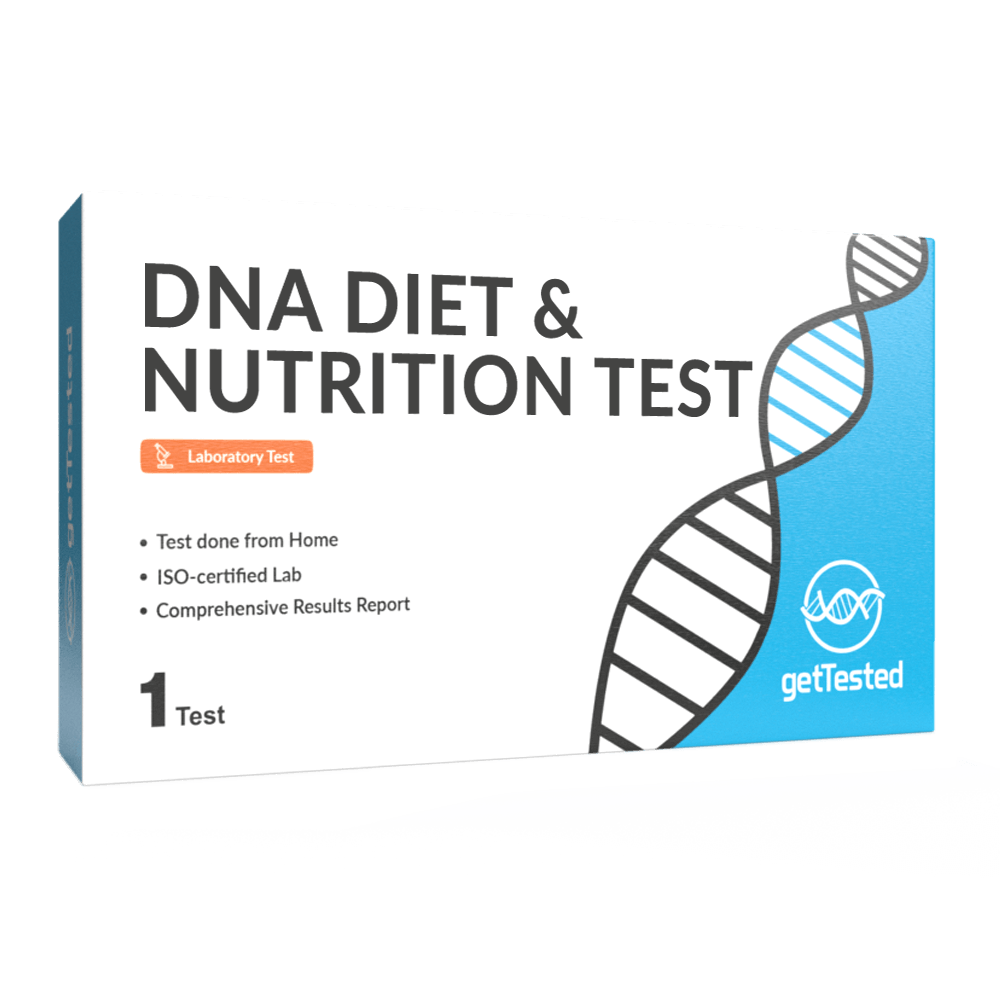


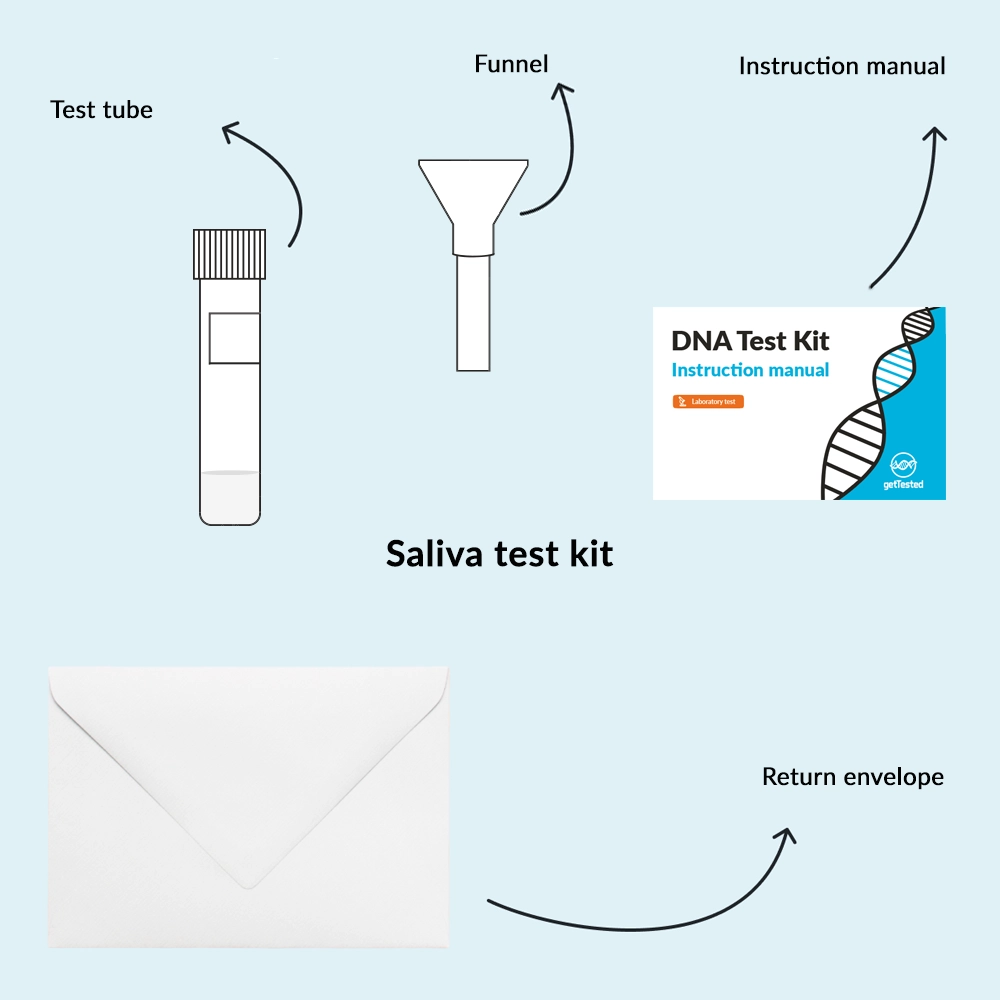
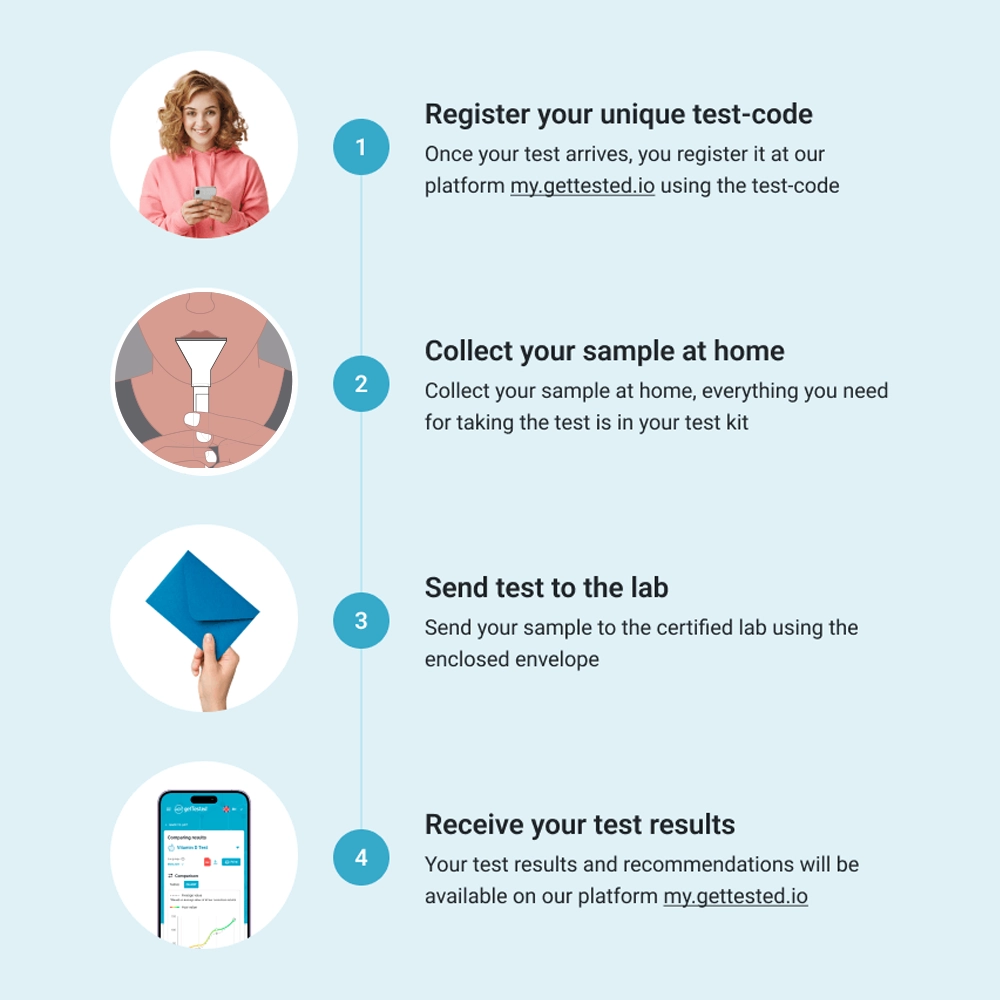
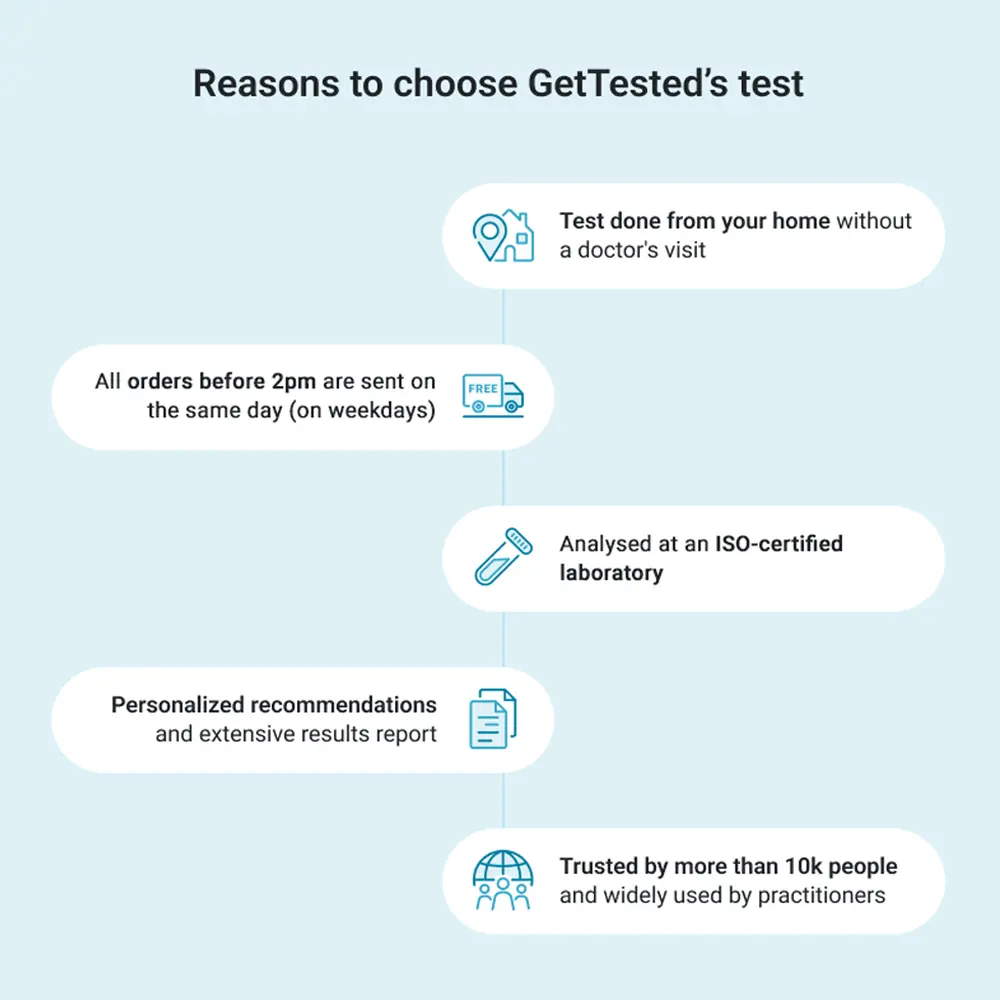


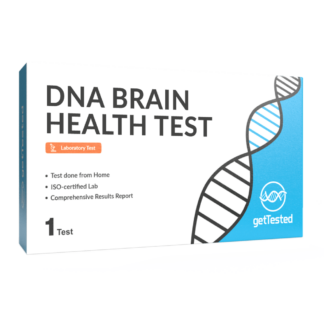


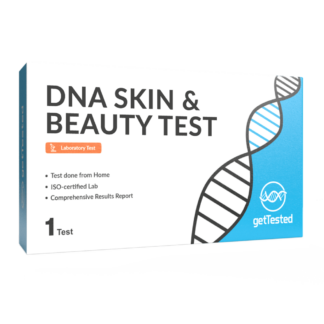
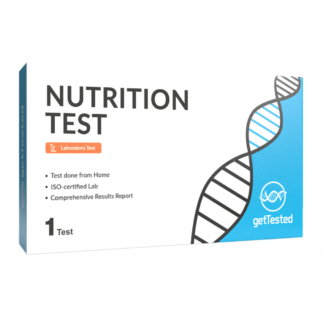
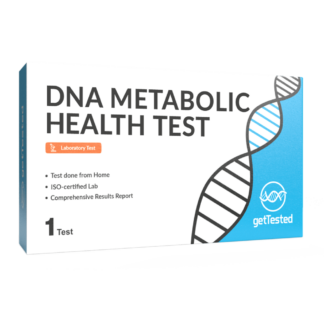
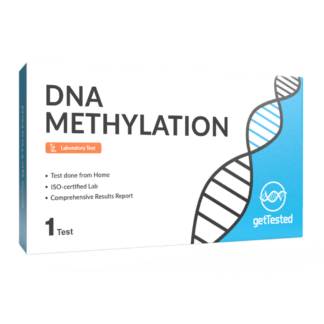
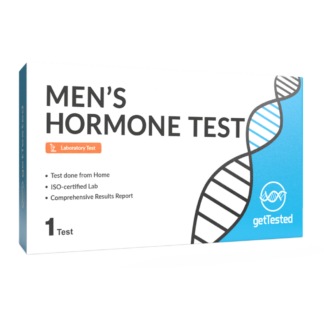
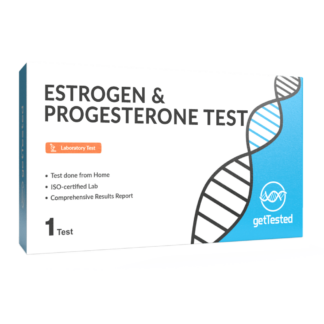
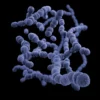











Leave a Reply